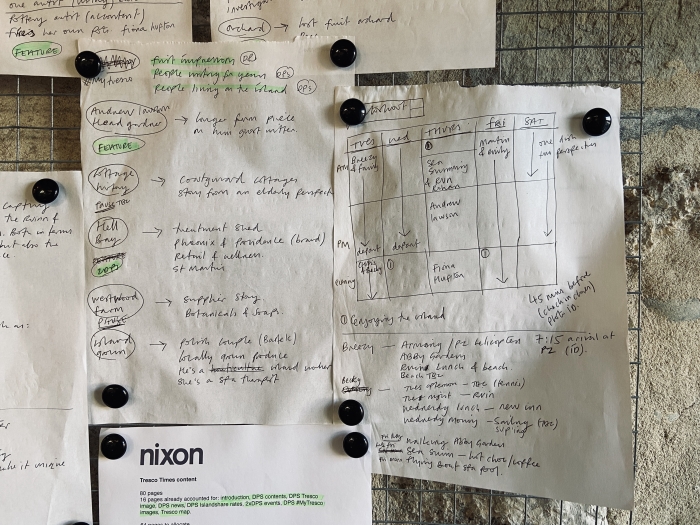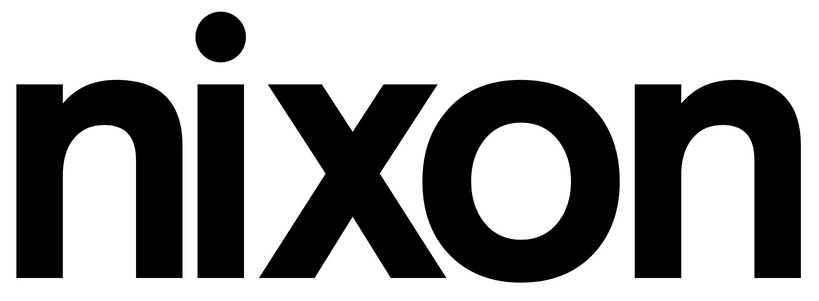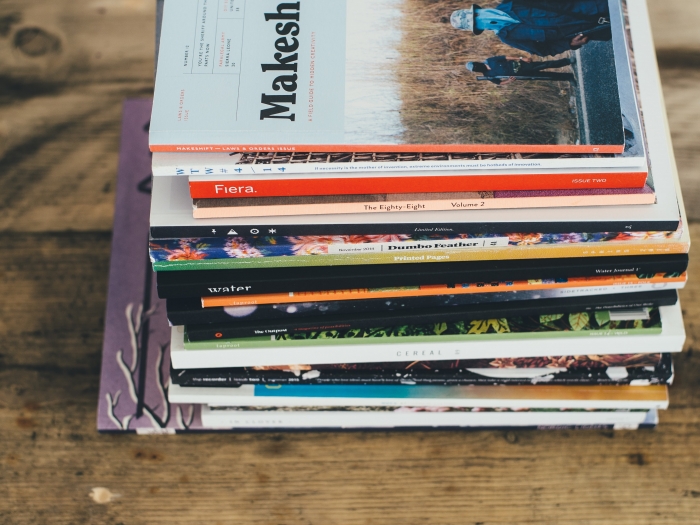Posted by Diggory Gordon
There was a time when print was the go-to for any designer looking to showcase a brand or demonstrate proof of concept. Now, it seems almost frivolous to consider extravagant paper stocks, finishes, binding and formats in an era when brands are (quite rightly) scrutinising their environmental impact and tackling the hard questions around waste head-on.
While these questions around suitability, return on investment and customer opinion were being asked, the C word came into being and tipped the world on its head. As I sit here typing now, the cost of energy, strikes in paper production, and the cost of supply chains have made print a true luxury. And if I’m honest, I think these costs are justified. Much like the price of milk, this is probably the price we need to pay for goods crossing borders, using carbon, and people earning a fair wage to produce them.
Everyone knows about the race to digital and COVID certainly ramped that up beyond measure. Brands clambered for ways to connect with audiences that were either locked down or trying to get back to a sense of normality. In the brand world, you always hear about ingenious ways to reach people, and with more than half the world at home with a smartphone, it came as no surprise that social platforms and e-newsletters drove a compelling message to all of us, 24 hours a day.
And now it seems we’re in an interesting position, with the race to produce reams of Instagram Reels and endless posts on TikTok starting to make print feel like the forgotten cousin. It’s very hard to record tangible ROI, it does have a bigger environmental impact, it is more costly and yet… it gives something that digital can’t. Something real and physical to touch and smell, as well as something different. And that’s the key.
So, as two recent magazine projects came through the studio, we really questioned the purpose of both of them. Was print really the best vehicle to deliver the message? Could it be delivered digitally? How would their audiences receive it?

Asking all the right questions
With all of this in mind, we approached these key questions by really drilling deeper into the brief to question why. Our first thought is always to strip it away and keep it simple, thinking about:
The audiences you want to reach
The content themes you want to explore
No matter the brief, for digital or print, these are the two questions we start with. My favourite projects come about as a true collaboration between content strategy, designer and client, all working to push a brief to get the best possible outcome, achieving both traction and brand awareness. Two recent projects that highlight this approach are Pendennis’ Voyage magazine and the Tresco Times, and along the way we genuinely questioned whether print was the suitable medium.
The starting place for both projects was very similar. A deeper dive into the content themes they wanted to convey with a close eye on the target audiences and the brand values at the centre of it all. And that’s where the similarity ends. While you could argue that the audiences for both Tresco and Pendennis share similar traits, the reasons to believe and the deeper decisions around purchase are very different. And print does play a key role here.

Understanding your audience
Both sectors have magazines or journals that are very much part of the lives of their audiences. From FT How To Spend it to SuperYachtWorld, the medium is very much part of a content vernacular that speaks to them at a brand level.
Voyage is all about hitting the key themes around restoration, refit and new build, underpinned by British craftsmanship and the people assembled across any project. The decision to refit a yacht isn’t made flippantly; it’s about a build up of messages, interactions and word of mouth. Voyage plays a key role in that discussion and is used at points along the process, most noticeably at Monaco Yacht Show. Seeing the project come to life from the very first meeting around content to the end project and the feel in the hand is so rewarding.
And then there’s the Tresco Times. Working on it now, in its 8th year post-redesign, we took the big decision to remove advertising. The loss of revenue is obvious but what you gain from a pace perspective is vast. Longer articles, more space, bigger images. All tools to inspire Tresco’s audiences (new and old) to go online and find out more. This year we took on more of the content with Megan, our copywriter, over on the island pulling together articles with their values at the core. Good editorial is all about letting the words breathe and not having design for the sake of it. It needs to amplify the words and respect the images (more on that soon!).
Two similar projects with a very similar process but two different outcomes.
If you have audiences to reach, with content themes to tell, then get in touch – we’d love to help. Who knows what format it’ll take, but the journey to get there is always interesting.

